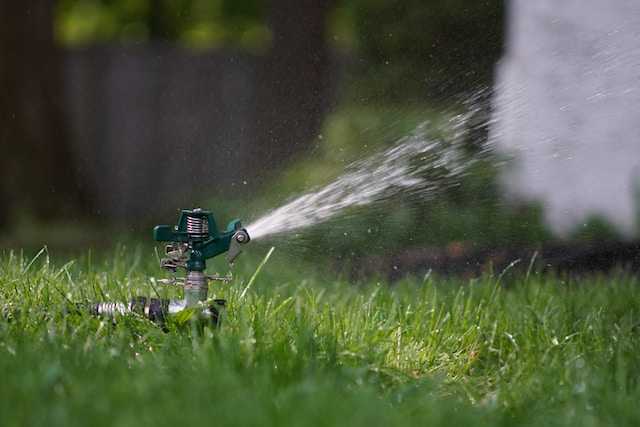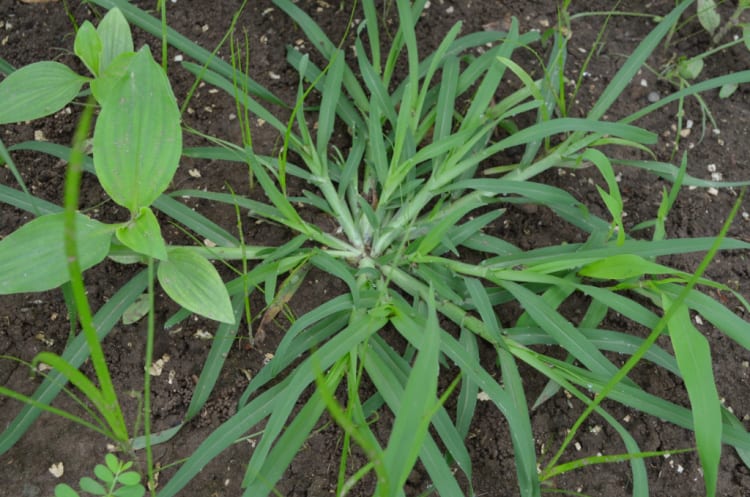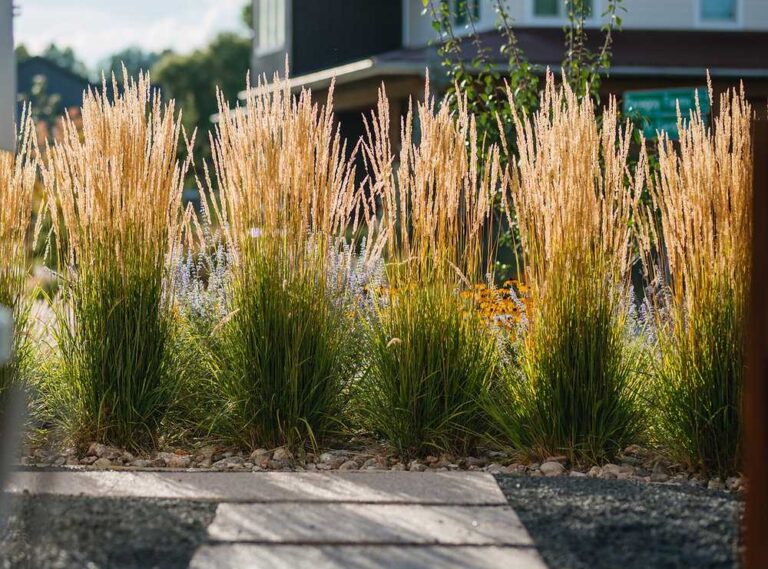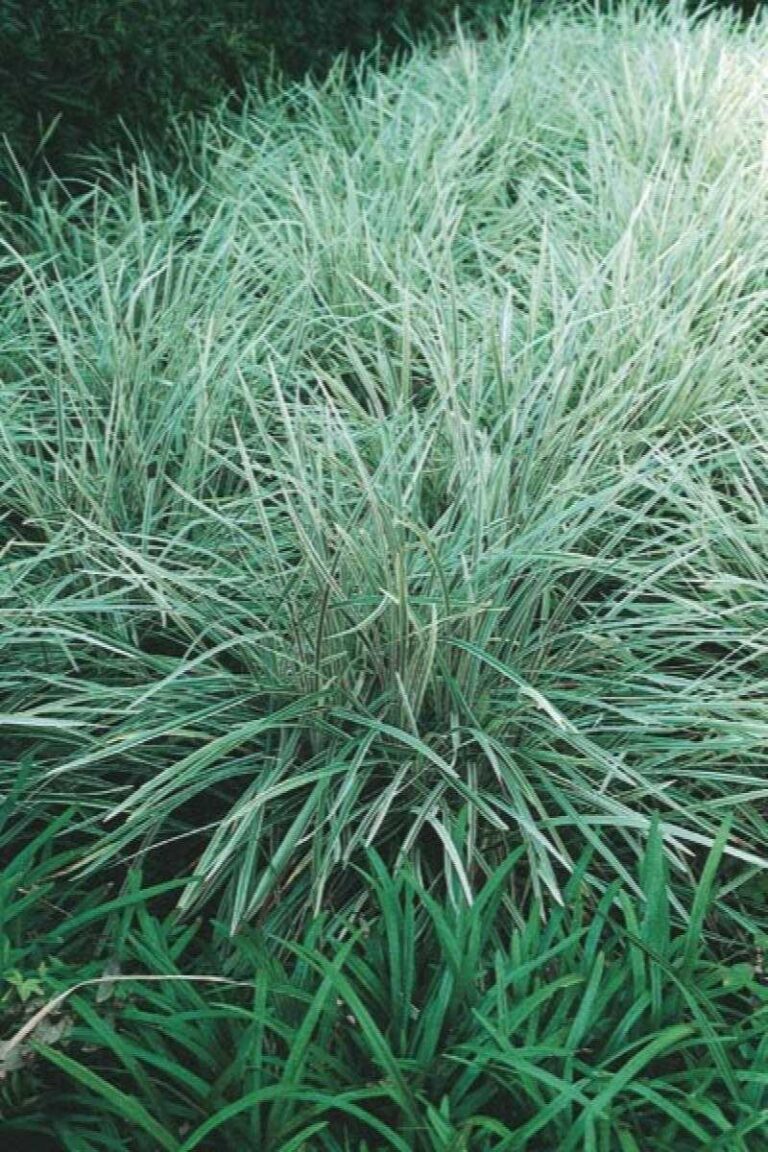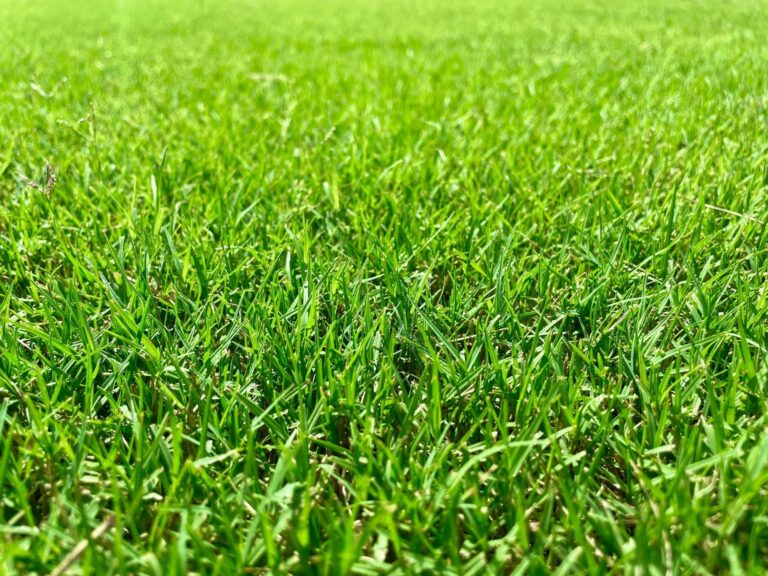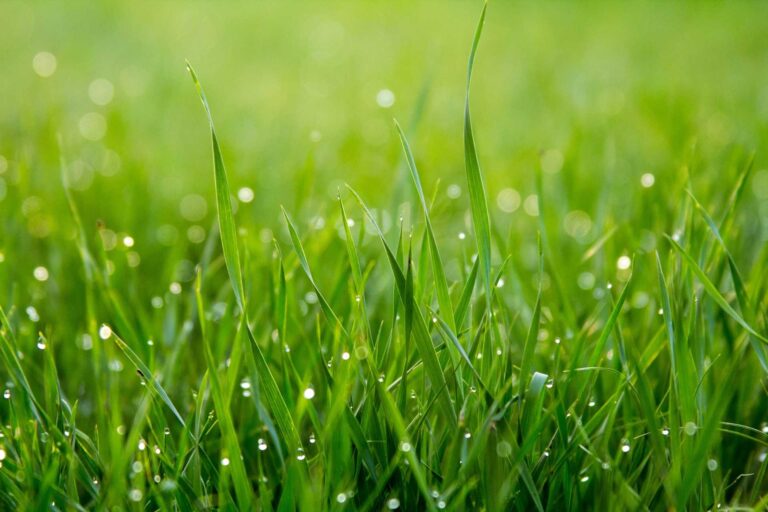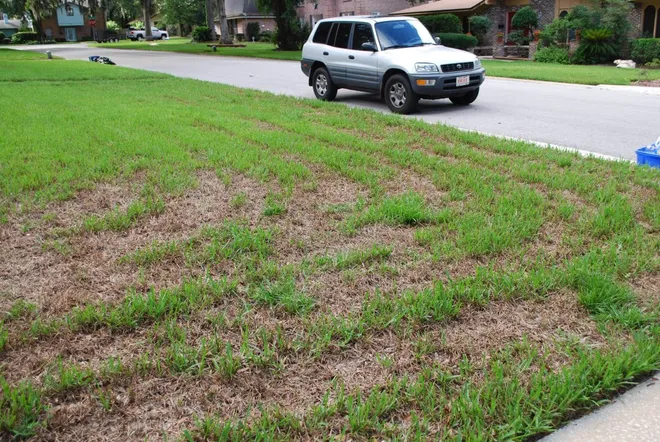Optimal Lawn Hydration: Best and Worst Time to Water Grass
A lush, green lawn is every homeowner’s pride and the envy of neighbors. Achieving this verdant glory, however, requires more than just planting the right grass variety and mowing regularly. One critical aspect of lawn care often overlooked is the timing of watering. Timing is everything, and it can mean the difference between a thriving, resilient lawn and one that struggles to survive. Whether you’re a seasoned lawn enthusiast or a novice homeowner looking to nurture your lawn, understanding these crucial timing principles is the key to an envy-worthy, lush lawn.
In this comprehensive guide, we’ll explore the science behind optimal lawn hydration and delve into the best and worst time to water grass for peak health and aesthetics. Moreover, we’ll uncover the pitfalls of the worst time to water your grass, helping you avoid common mistakes that can jeopardize your lawn’s well-being.
Understanding the Basics
Before diving into when and how to water effectively, it’s essential to grasp how grass uses water. As the lifeblood of your grass, water is essential for photosynthesis, temperature regulation, and nutrient uptake. Without adequate hydration, your grass may wither, become susceptible to diseases, and lose its vibrant color.
Best Time to Water Your Lawn
The Morning Magic
Now that we understand the importance of watering, let’s explore the ideal time to do it. The undisputed champion of watering times is the morning, typically before 10 AM. Why? Several factors make this window of time ideal for your lawn’s hydration needs:
- Minimal Evaporation: The morning air is usually cool and calm, reducing water wastage through evaporation. When you water in the morning, more of the water reaches the roots, where it’s needed most, rather than being lost to the atmosphere.
- Fighting Fungal Growth: Watering in the morning enables the grass blades to dry throughout the day, minimizing the likelihood of fungal diseases. Fungi thrive in moist conditions, and evening or night watering leaves the grass damp for extended periods, creating an ideal environment for fungal growth.
- Boosting Photosynthesis: Morning watering provides grass with the necessary moisture to kickstart photosynthesis as the sun rises. This allows the grass to manufacture food more efficiently, resulting in healthier, greener lawns.
- Preventing Stress: Watering in the morning prepares your grass for the day’s heat. Hydrated grass is more resilient and can better withstand the stress of high temperatures.
Worst Time to Water Grass:
High Noon Hazards: The worst time to water grass is during the day’s peak, around noon. This is when the sun is at its zenith, and temperatures highest. Watering during this period comes with several drawbacks:
- Excessive Evaporation: The intense heat and sunlight cause water to evaporate rapidly, meaning much of it won’t benefit your grass.
- Scorching Blades: Water droplets can act as magnifying glasses, focusing the sun’s rays and potentially scorching your grass.
- Waste of Resources: Watering during this time is inefficient and wasteful, as your lawn won’t receive the hydration it needs.
Late Evening Issues: While late evening might seem convenient for watering your lawn, it’s often the worst time to water grass. Here’s why:
- Extended Moisture: Moist grass at night creates an inviting environment for fungi and other pathogens. Excessively wet grass can lead to issues like mold, mildew, and fungus growth.
- Inefficient Absorption: As the temperature drops in the evening, your grass will have less time to absorb the moisture before nightfall, potentially leading to shallow root growth.
The Midday Dilemma
While morning watering is generally the most optimal time to water your lawn, there’s a notable exception—midday watering. Under normal circumstances, watering your lawn in the middle of the day is discouraged because the high temperatures can cause rapid evaporation. However, there are instances when midday watering becomes necessary:
- Extreme Heat: In scorching summer weather, your lawn may require an additional drink to prevent it from drying out completely. If you notice signs of stress, such as wilting or browning, a quick midday watering can help revive your grass.
- Heatwave Preparation: If a prolonged heatwave is in the forecast, preemptive midday watering can help your grass endure the extreme conditions that lie ahead.
- Sprinkler System Efficiency: Some homeowners have advanced sprinkler systems that operate during specific hours. If midday watering is your only option, it’s better than neglecting your lawn altogether.
Remember that midday watering should be the exception, not the rule. Overusing this timing can lead to wasted water and potentially harm your grass.
The Evening Exception
After discussing morning and midday watering, you might wonder about evening watering. While the evening is generally one of the worst time to water grass due to the increased risk of fungal growth, there are instances where evening watering can be beneficial:
- Watering Restrictions: In some regions, water usage restrictions limit when you can water your lawn. If these regulations constrain you, evening watering may be your only option.
- Overcoming Hot Days: A light evening watering can cool the grass down on exceptionally hot days and provide temporary relief. However, avoid soaking the grass, as excessive moisture during the night can promote fungal diseases.
How Much to Water Your Grass
Maintaining a lush, healthy lawn depends on more than just the timing of your watering; getting the quantity right is also crucial. Overwatering and underwatering can both have detrimental effects on your grass. To ensure your lawn thrives, here’s a brief guide on how much to water:
- Deep and Infrequent: The goal is to encourage your grass roots to grow deep into the soil. Deep roots enable your grass to access water and nutrients more efficiently, making it more resilient during dry spells. Aim for approximately 1 to 1.5 inches of water per week, whether from rainfall or irrigation.
- Use a Rain Gauge: To determine when you’ve reached the ideal amount of water, consider using a rain gauge or a container with straight sides placed on your lawn during watering. When it accumulates 1 to 1.5 inches of water, you’ve provided sufficient hydration.
- Seasonal Adjustments: Recognize that your lawn’s water requirements can change with the seasons. During scorching summer months, you may need to water more frequently, while you can reduce the frequency in cooler seasons.
- Soil Matters: The soil type in your lawn also plays a role. Sandy soils drain quickly and may necessitate more frequent watering, whereas clay soils retain moisture better and may need less.
By following these guidelines and adapting your watering routine to your lawn’s unique conditions, you’ll promote strong, vibrant grass that is well-prepared to withstand various weather challenges.
Watering Techniques
Besides timing and quantity, how you water your grass can impact its health. Consider these techniques for efficient watering:
- Soaker Hoses: Soaker hoses deliver water directly to the soil, reducing water waste and minimizing the risk of fungal diseases.
- Mulching: Applying a layer of organic mulch to your lawn helps retain moisture, reducing the need for frequent watering.
- Proper Sprinkler Adjustment: Ensure your sprinkler heads are correctly adjusted to avoid overwatering sidewalks and driveways.
- Avoid Overlapping: When using sprinklers, avoid overlapping the water coverage, as it can lead to uneven watering.
Conclusion
In the quest for a vibrant, resilient lawn, understanding the best and worst times to water your grass is paramount. Morning emerges as the clear winner, offering reduced evaporation, lower disease risks, and a boost to photosynthesis. Midday watering should be a last resort, reserved for extreme conditions. Evening watering, while not ideal, can be necessary in certain situations. However, the worst time to water your grass is undoubtedly at night. Evening watering leaves the grass blades damp for prolonged periods, fostering fungal growth and compromising the health of your lawn. Adhering to the right watering schedule ensures your grass thrives, maintaining its lush green beauty throughout the seasons.Top of Form
